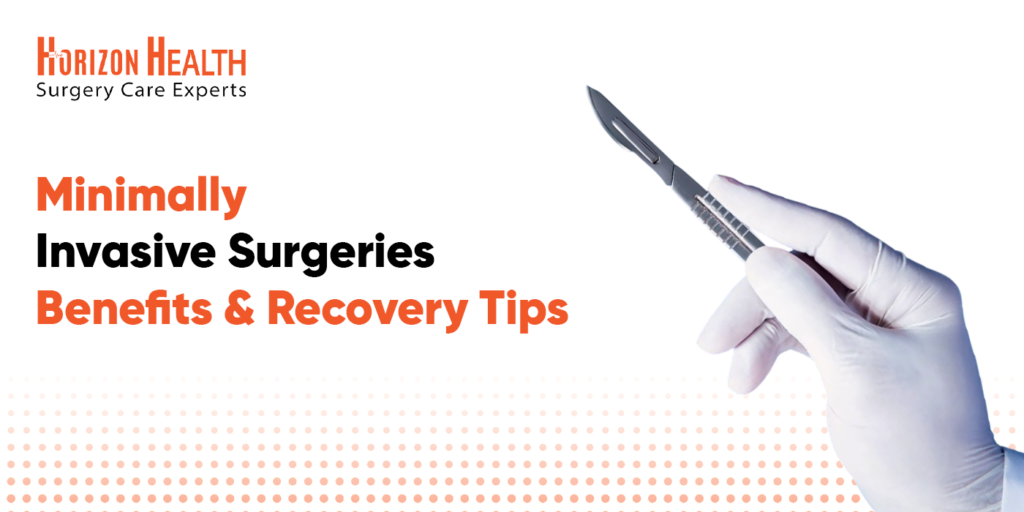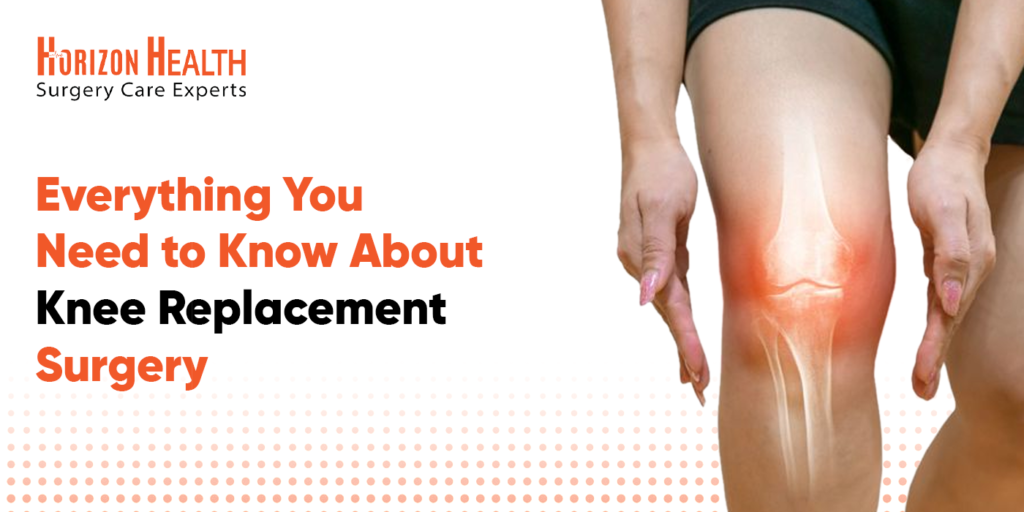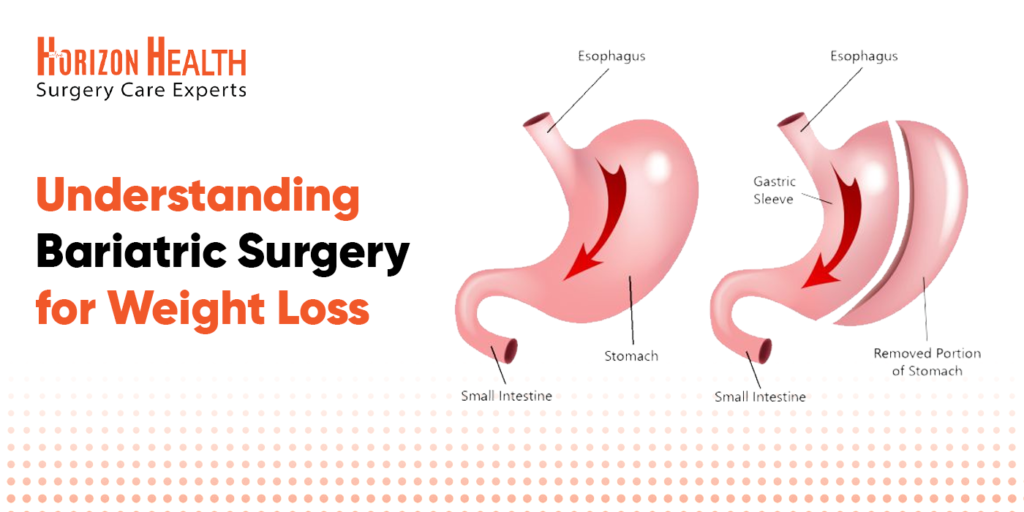Minimally Invasive Surgeries: Benefits and Recovery Tips
Minimally Invasive Surgeries: Benefits and Recovery Tips
Minimally invasive surgery (MIS) has transformed modern medicine, offering patients faster recovery, less pain, and reduced risk compared to traditional open surgery. By using small incisions, specialized instruments, and advanced technology, surgeons can perform complex procedures with greater precision and minimal trauma to surrounding tissues. If you’re considering a minimally invasive procedure, understanding its benefits, common types, and essential recovery tips can help you prepare for a smooth surgical experience.

What is Minimally Invasive Surgery?
Minimally invasive surgery is a surgical technique that uses tiny incisions, small cameras, and specialized tools to perform procedures with minimal disruption to the body. Unlike traditional open surgery, which requires large cuts and longer recovery times, MIS allows for quicker healing and reduced post-operative complications. The most common types of minimally invasive procedures include laparoscopic surgery, robotic-assisted surgery, and endoscopic procedures.
Common Types of Minimally Invasive Surgeries
- Laparoscopic Surgery – Uses a small camera (laparoscope) inserted through tiny incisions to perform procedures in the abdomen, such as gallbladder removal, hernia repair, or appendectomy.
- Robotic-Assisted Surgery – A highly advanced technique where surgeons use robotic arms controlled through a console, enhancing precision in procedures like prostate surgery and cardiac valve repair.
- Endoscopic Surgery – A flexible tube with a camera (endoscope) is inserted through the mouth, rectum, or small incision to diagnose and treat conditions inside the body, such as gastrointestinal disorders.
- Arthroscopic Surgery – A minimally invasive approach for joint-related issues, where a small camera is inserted into the joint to repair ligaments or remove damaged tissue.
- Thoracoscopic Surgery – Used for lung and chest-related conditions, reducing the need for large chest incisions.
Key Benefits of Minimally Invasive Surgery
- Smaller Incisions – Reduces scarring and lowers the risk of wound infections.
- Less Pain and Discomfort – Less trauma to muscles and tissues results in a smoother recovery with reduced pain.
- Faster Recovery Time – Shorter hospital stays and quicker return to daily activities.
- Lower Risk of Complications – Minimizes blood loss, risk of infections, and post-operative complications.
- Improved Precision – Advanced tools and robotic assistance provide greater accuracy during surgery.
Recovery Tips After Minimally Invasive Surgery
- Follow Post-Surgical Instructions – Carefully adhere to the surgeon’s guidelines on wound care, medication, and activity levels.
- Manage Pain Effectively – Take prescribed pain relievers as directed and use ice packs to reduce swelling.
- Stay Active but Avoid Strain – Light movement, such as short walks, helps prevent blood clots and speeds up recovery.
- Maintain a Healthy Diet – Eat nutrient-rich foods to promote healing and avoid constipation caused by anesthesia.
- Stay Hydrated – Drink plenty of water to support circulation and recovery.
- Get Adequate Rest – Ensure you get enough sleep and avoid strenuous activities until cleared by your doctor.
- Watch for Warning Signs – Contact your doctor immediately if you experience excessive pain, swelling, fever, or signs of infection.
Conclusion
Minimally invasive surgery offers a safer and more efficient alternative to traditional surgery, providing numerous benefits for patients seeking faster recovery and improved outcomes. With proper post-operative care, most individuals can resume their normal activities much sooner. If you’re considering a minimally invasive procedure, Horizon Healthcare offers expert guidance and personalized treatment options. Contact us today to learn more about how we can help you achieve a smooth recovery and optimal health.







